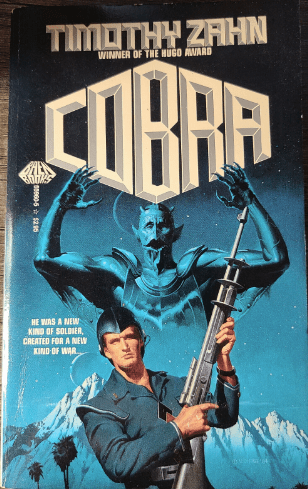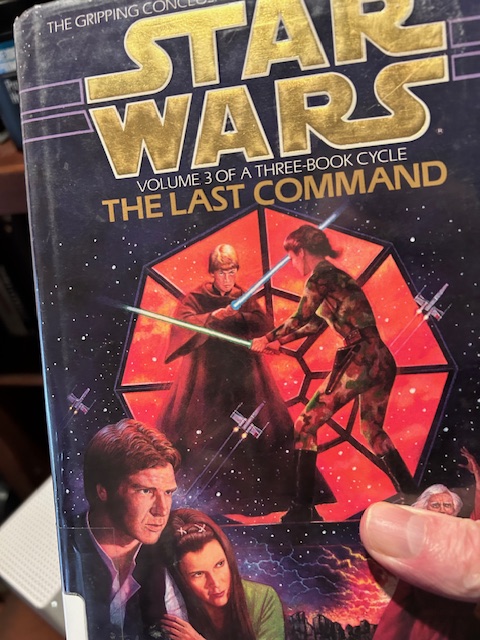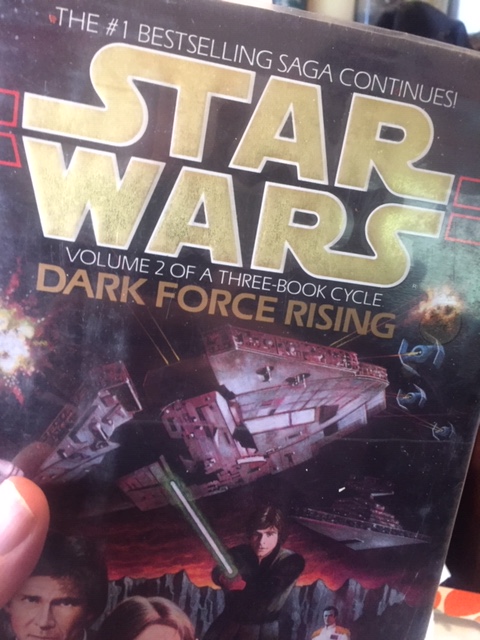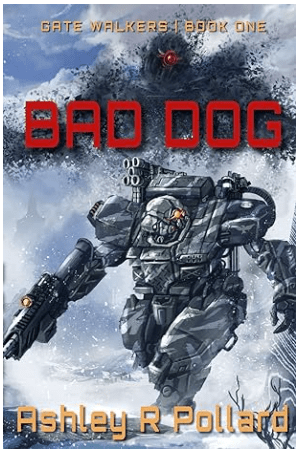If you like my work, buy me a virtual cup of coffee at Ko-Fi.
I finished C.J. Cherryh’s The Pride of Chanur a few days ago but am just now getting the time to write the review.
I remembered reading this back in the 1980s but didn’t recall the details (forty years is a long time). When I saw it on Bookbub, I was curious. There wasn’t a copy in my public library system so I bit the bullet and bought a digital copy from Amazon.
The story is set in a universe involving a species called the Hani. They’re cat-like, their space traveling freighters are captained and crewed by females, as the males aren’t suited to space travel, and their particular region of space is dominated by them and other races who trade with each other via a system of space stations in an alliance called “The Compact.”
The chief “baddy” in this tale are the Kif which are tall, thin, and hairless. They are also predatory, cunning, and devious.
While the ship “Pride of Chanur” is at Meetpoint station, a strange alien is seen to be skulking on the docks. It finally manages to slip by the Captain, Pyanfur Chanur, into her ship, but is wounded in the attempt.
Communication is a chore since the creature doesn’t speak a civilized language. It’s eventually discovered that this is an intelligent creature which had been a captive on a Kif ship and was trying to escape.










